Increased Performance Expectations
Performance enhancements remain a critical driver within the Car Body Kit Market. Enthusiasts and everyday drivers alike are increasingly focused on improving vehicle performance through modifications. Body kits, which often include aerodynamic components, can enhance handling and stability, appealing to a wide range of consumers. The market data suggests that performance-oriented modifications account for a significant portion of the overall automotive aftermarket, with body kits playing a pivotal role. As manufacturers continue to innovate, the integration of advanced materials and designs is likely to further stimulate interest in performance-oriented body kits, thereby propelling the Car Body Kit Market.
Growth of the Automotive Aftermarket
The Car Body Kit Market is significantly influenced by the overall growth of the automotive aftermarket. As vehicle ownership rates rise, so does the demand for aftermarket products, including body kits. Recent statistics indicate that the automotive aftermarket is expected to reach a valuation of over 500 billion by 2026, with body kits representing a substantial segment of this market. This growth is driven by consumers' desire to enhance their vehicles' aesthetics and performance, leading to increased sales of body kits. Consequently, the Car Body Kit Market stands to benefit from this expanding aftermarket landscape.
Rising Demand for Aesthetic Enhancements
The Car Body Kit Market experiences a notable surge in demand for aesthetic enhancements among vehicle owners. As consumers increasingly seek to personalize their vehicles, body kits serve as a popular solution for improving visual appeal. This trend is particularly pronounced among younger demographics, who prioritize unique styling. According to recent data, the market for automotive customization, including body kits, is projected to grow at a compound annual growth rate of approximately 5.5% over the next five years. This growth is indicative of a broader cultural shift towards individual expression through vehicle modifications, thereby driving the Car Body Kit Market forward.
Technological Advancements in Manufacturing
Technological advancements in manufacturing processes are transforming the Car Body Kit Market. Innovations such as 3D printing and advanced composite materials enable manufacturers to produce lightweight and durable body kits with greater precision. These advancements not only enhance the quality of the products but also reduce production costs, making body kits more accessible to a broader audience. Market analysis indicates that the adoption of these technologies could lead to a 10% reduction in production costs over the next few years. As a result, the Car Body Kit Market is poised for growth, driven by improved product offerings and increased consumer interest.
Influence of Social Media and Online Communities
Social media platforms and online communities play a pivotal role in shaping trends within the Car Body Kit Market. The proliferation of platforms such as Instagram and YouTube allows enthusiasts to showcase their customized vehicles, inspiring others to pursue similar modifications. This visibility fosters a culture of customization, where body kits become a focal point of discussion and admiration. Market data suggests that vehicles featured in social media posts often see a rise in aftermarket sales, including body kits. As these platforms continue to grow, their influence on consumer behavior in the Car Body Kit Market is likely to intensify.


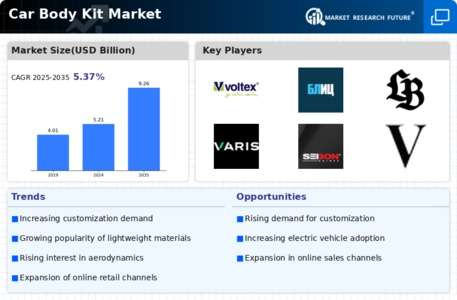
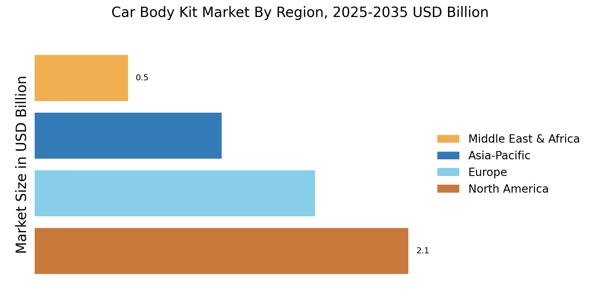
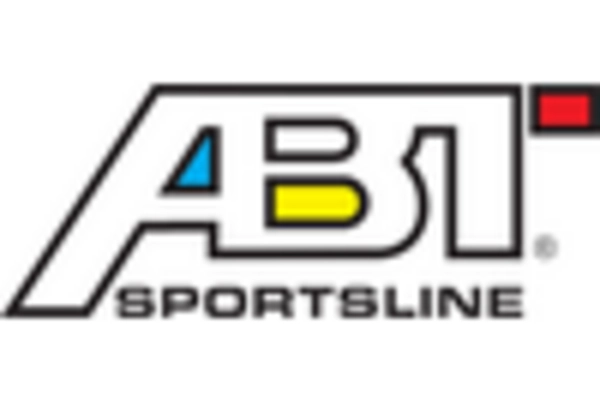
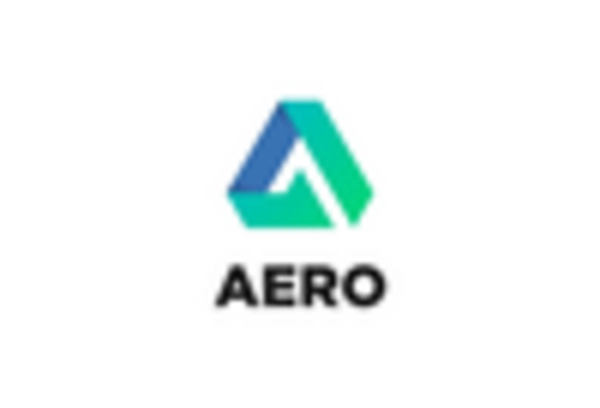
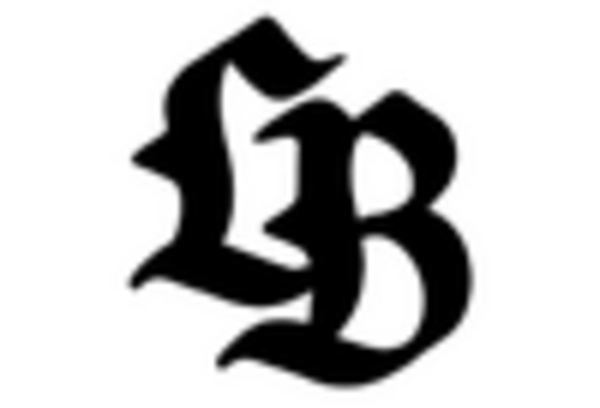
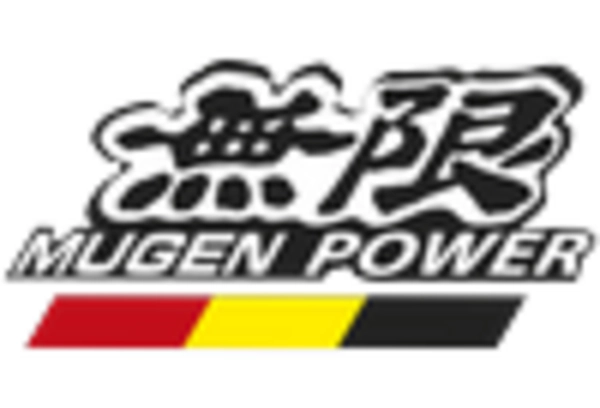
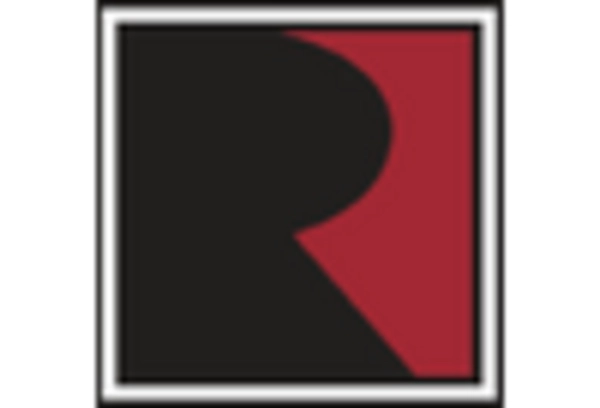
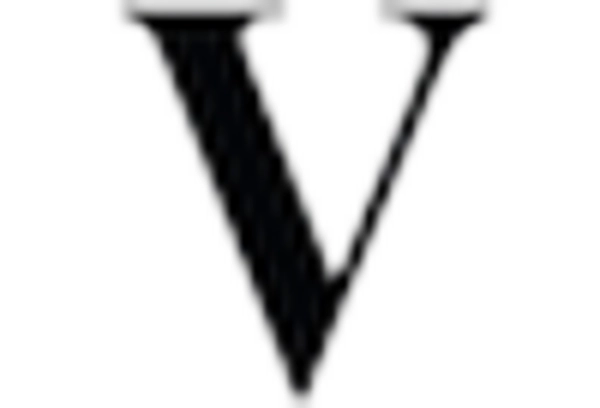








Leave a Comment